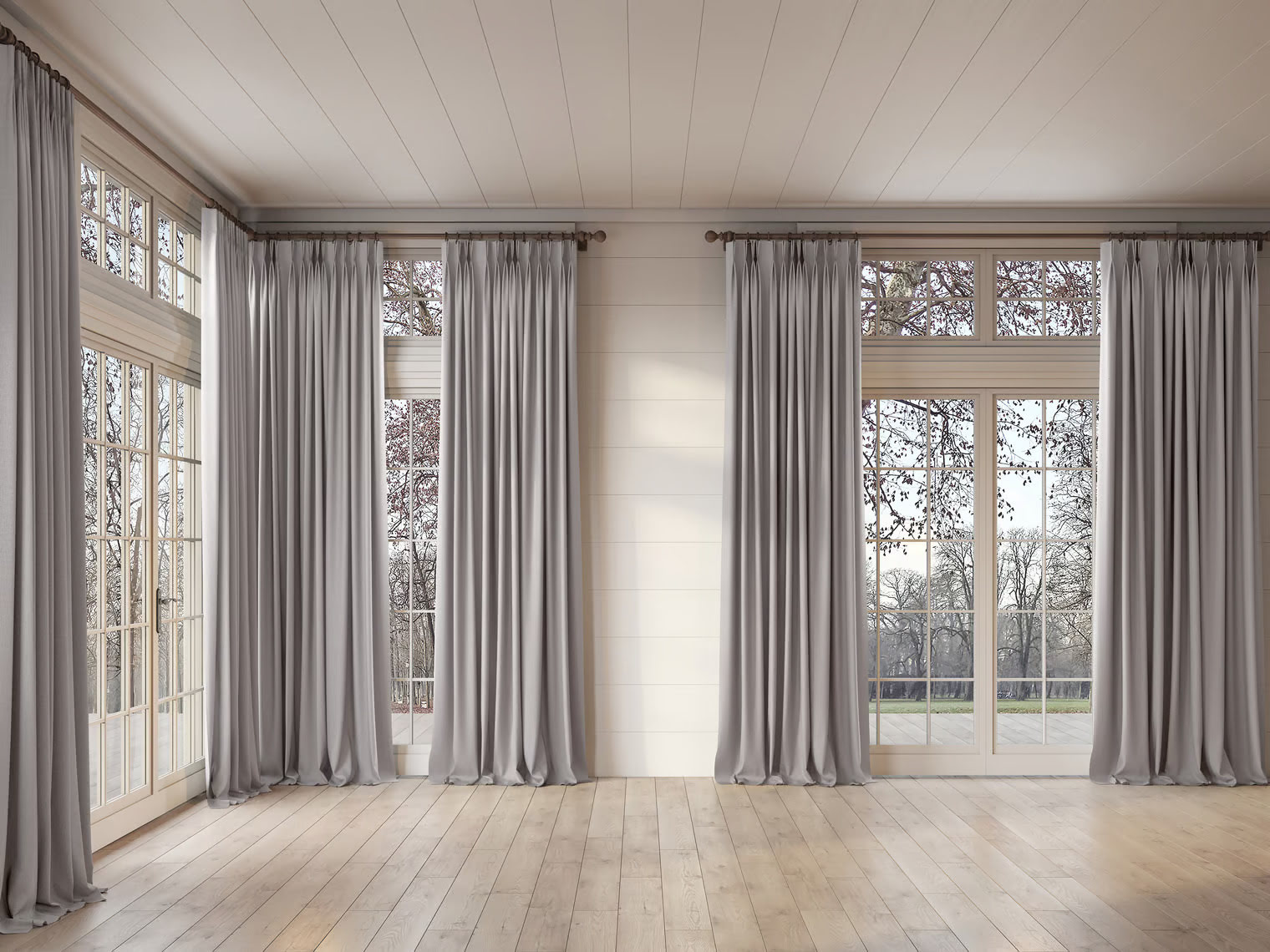

Articles
What To Do If Curtains Are Too Long
Modified: October 20, 2024
Looking for articles on what to do if curtains are too long? Discover solutions and tips to shorten your curtains without any hassle.
(Many of the links in this article redirect to a specific reviewed product. Your purchase of these products through affiliate links helps to generate commission for Storables.com, at no extra cost. Learn more)
Introduction
Having curtains that are too long can be a common dilemma for homeowners. While curtains are a great way to add beauty and privacy to a room, dealing with excess length can be frustrating. Fortunately, there are several solutions for addressing this issue and achieving the perfect curtain length.
In this article, we will explore various methods to tackle the problem of having curtains that are too long. Whether you’re a DIY enthusiast or prefer ready-made options, there’s a solution for every preference and skill level.
So, if you’re tired of tripping over your curtains or just want to improve the overall look of your windows, keep reading for helpful tips and tricks.
Key Takeaways:
- Don’t let long curtains trip you up! From trimming and hemming to using curtain clips, there’s a solution for every style and skill level. Get creative and find the perfect fix for your window treatments.
- Whether you’re a DIY pro or prefer ready-made options, there’s a curtain-lengthening solution for you. Embrace the versatility of curtain holdbacks, the simplicity of tying or knotting, or the convenience of ready-made short curtains.
Read more: What To Do With Too Much Thyme
Measure and Mark
The first step in dealing with curtains that are too long is to measure and mark the desired length. Start by determining how much shorter you want your curtains to be. Consider factors such as the height of your windows, the length of your curtains, and the overall style you’re aiming for.
Next, remove the curtains from the rod and spread them out on a flat surface. Use a measuring tape to carefully measure the excess length from the bottom of the curtains. Once you have the desired length in mind, mark it with a fabric-safe pen or pencil.
Take into account any decorative detailing or pattern repeats on the curtains. It’s important to maintain the continuity of the design when shortening them. Double-check your measurements and markings to ensure accuracy before moving on to the next step.
Remember, it’s always better to err on the side of caution and cut less than you think is necessary. You can always trim more later if needed, but adding length back can be challenging.
Once you have measured and marked the desired length, you’re ready to proceed with the next step.
Trim and Hem
After measuring and marking the desired length, the next step is to trim and hem the curtains. This method is ideal for curtains made of fabric that can be cut without unraveling or fraying.
Start by folding the curtains at the marked line, ensuring that the fabric is even and straight. Use sharp fabric scissors to carefully trim the excess fabric along the folded edge. Take your time and make clean, precise cuts to achieve a professional-looking finish.
Once the excess fabric is trimmed, it’s time to hem the curtains. Fold the bottom edge of the curtains twice, first by about half an inch and then by the desired hem length. Secure the folded fabric with straight pins to keep it in place.
Next, thread a sewing needle with matching thread or use a sewing machine with a coordinating thread color. Begin stitching along the folded edge, using a straight stitch or a blind hem stitch for a nearly invisible hem. Remove the straight pins as you continue sewing, ensuring a smooth and clean hem all the way across.
When you reach the end, tie off the thread securely and trim any excess. Inspect the hem to ensure it is even and well-stitched. If needed, you can iron the hem for a crisp finish.
Trimming and hemming can be a time-consuming process, but it allows you to customize the length of your curtains to perfection.
Note: Before trimming and hemming, it’s always advisable to test the process on a small, inconspicuous area of the curtains, particularly if they are made of delicate or special fabric.
Sew a New Hem
If you’re not comfortable with trimming the curtains or if they contain special details or embellishments near the bottom, sewing a new hem is another effective option. This method allows you to adjust the length of your curtains without removing any fabric.
Start by measuring and marking the desired length as mentioned in the previous section. Instead of cutting the fabric, fold the bottom edge of the curtains twice to create a new hem. Pin the folded fabric in place to ensure it stays secure.
Choose a thread color that matches the fabric or provides a complementary contrast. Thread your sewing needle or use a sewing machine with the appropriate thread setting.
Beginning at one end, stitch along the folded edge using a straight stitch or a blind hem stitch for a neater finish. Remove the straight pins as you sew, keeping the fabric smooth and taut. Continue sewing all the way across the hem, making sure your stitches are evenly spaced and secure.
Once you reach the end, tie off the thread securely and trim any excess. Take a moment to inspect the new hem and ensure it is straight and even. If desired, you can iron the hem to give it a crisp appearance.
Sewing a new hem allows you to retain the original length of the curtains while still achieving your desired curtain length. It’s a suitable method for curtains made of delicate or intricate fabrics that are not easily trimmed.
Remember, if you’re not confident in your sewing skills, it’s always a good idea to seek assistance from a professional tailor or seamstress.
Use Curtain Clips
If you prefer a non-permanent solution to deal with curtains that are too long, using curtain clips is a quick and easy option. This method allows you to secure the excess length of the curtains without any cutting or sewing.
Start by measuring and marking the desired length of your curtains. Remove the curtains from the rod and lay them flat on a clean surface. Fold the excess fabric up to the desired length, keeping the fold neat and even.
Take your curtain clips and position them along the fold line. Attach the clips to the fabric, ensuring they are evenly spaced. Make sure each clip securely grasps both layers of the folded fabric to prevent the curtains from slipping or sagging.
Once all the clips are in place, rehang the curtains on the rod. Adjust the clips as needed to achieve an even and uniform appearance. Step back and check if the length is to your satisfaction.
Using curtain clips is a versatile solution that allows you to easily adjust the length of your curtains. It also offers the flexibility to change the length whenever you desire without any permanent alterations.
Additionally, curtain clips can add a decorative element to your curtains. They come in various styles and designs, allowing you to personalize the look of your window treatments.
However, it’s worth noting that depending on the weight of your curtains, you may need to use multiple clips to securely hold the fabric in place. Be sure to test the strength and durability of the clips before fully relying on them to support the weight of your curtains.
If your curtains are too long, you can hem them yourself by using fabric tape or sewing a new hem. Measure the desired length and carefully cut the excess fabric before hemming.
Read more: What Does A Thermostat Do If It Gets Too Hot
Tie or Knot
If you’re looking for a simple and temporary solution to adjust the length of your curtains, tying or knotting them can be a quick fix. This method works well for lightweight curtains or when you want to achieve a more casual and relaxed look.
Start by measuring and marking the desired length of your curtains. Remove the curtains from the rod and lay them flat on a clean surface. Fold the excess fabric up to the desired length.
Next, position the folded fabric where you want the curtain to end. Take the excess fabric and create a loop or gather it together near the fold line. Then, either tie a secure knot or use a decorative curtain tieback to hold the fabric in place.
Ensure that the knot or tieback is tight enough to prevent the fabric from slipping down, but not too tight to cause any damage or strain on the fabric.
Step back and assess the overall length and appearance of your curtains. If necessary, adjust the knot or tieback to achieve an even and balanced look across all the curtains.
Using the tie or knot method gives you the advantage of easily adjusting the length of your curtains and experimenting with different styles or draping options. It’s a great temporary fix that allows you to quickly change the look and feel of your curtains without any permanent alterations.
However, keep in mind that this method may not be suitable for heavy or thick curtains, as they may not hold the knot or tieback securely. Additionally, excessive knotting or tying may create bulkiness or unevenness in the curtain fabric, so ensure that the overall appearance meets your desired aesthetic.
Use Curtain Holdbacks
If you’re looking for an elegant and decorative solution to address curtains that are too long, using curtain holdbacks can be a stylish option. Curtain holdbacks are decorative wall-mounted accessories that hold the curtains to the side, creating a draped effect and allowing more light to filter into the room.
Start by measuring and marking the desired length of your curtains. Remove the curtains from the rod and lay them flat on a clean surface.
Next, fold the excess fabric up to the desired length, ensuring the fold is neat and even. Take your curtain holdbacks and position them on the wall a few inches away from the window frame on each side.
Attach the holdbacks to the wall based on the provided instructions or using the appropriate hardware for your specific holdbacks. Position them so that they are at the desired height to hold the folded fabric in place.
Gently drape the curtain over the holdback on each side, creating a beautiful cascading effect. Adjust the folds and positioning to achieve the desired look.
Curtain holdbacks not only provide an elegant solution to curtains that are too long, but they also add a decorative touch to your windows. They come in various designs, materials, and finishes, allowing you to choose options that complement your decor and personal style.
Additionally, curtain holdbacks are a versatile solution as they can be easily adjusted or removed to change the length of the curtains or update the overall look of the window treatment.
Note that curtain holdbacks may not be suitable for curtains made of heavy or thick fabric, as they may not hold the weight securely. It’s important to consider the weight and type of your curtains when using holdbacks to ensure they are adequately supported.
Purchase Ready-Made Short Curtains
If you’re seeking a hassle-free and convenient option to address curtains that are too long, purchasing ready-made short curtains is a straightforward solution. This method allows you to bypass any alterations or adjustments and instantly achieve the desired curtain length.
Begin by measuring the height of your windows and determining the ideal length for your curtains. Ready-made short curtains come in various standard sizes, so it’s important to choose the length that will work best for your windows.
Next, browse through home decor stores or online retailers that offer a wide selection of ready-made curtains. Look for curtains in the desired color, fabric, and style that match your taste and the decor of your room.
When selecting ready-made short curtains, ensure that the length matches or is slightly shorter than your desired curtain length. Keep in mind that measurements may vary slightly between brands and styles, so it’s crucial to double-check the product descriptions and measurements provided by the retailer.
Once you have purchased the ready-made short curtains, remove your existing curtains and hang the new ones on the curtain rod. Adjust the curtains as needed to achieve the desired appearance and length.
Ready-made short curtains offer a convenient and time-saving solution for homeowners who prefer to have curtains that are ready to hang without any additional alterations. They come in various designs, patterns, and fabrics, allowing you to find the perfect curtains that suit your style and decor.
However, it’s important to note that ready-made curtains may not always offer the exact length or customizability that you desire. If you have specific requirements or want a more tailored look, other methods mentioned earlier in this article may be more suitable.
Conclusion
Dealing with curtains that are too long may seem like a daunting task, but there are various solutions available to help you achieve the perfect curtain length. Whether you choose to trim and hem, sew a new hem, use curtain clips, tie or knot, use curtain holdbacks, or purchase ready-made short curtains, there is a method that suits your preferences and skill level.
Trimming and hemming allows for a customized length while sewing a new hem preserves the original length of the curtains. Curtain clips offer a non-permanent fix with the flexibility to adjust the length whenever desired. Tying or knotting provides a temporary and casual solution, while curtain holdbacks add elegance and style to your windows. Ready-made short curtains offer convenience and instant gratification without the need for any alterations.
Before proceeding with any method, it’s important to measure and mark the desired length of your curtains carefully. Take into consideration the type of fabric, design details, and any pattern repeats to ensure a professional-looking outcome.
Remember to balance your desire for the perfect length with the overall aesthetics and functionality of your curtains. The goal is to achieve a harmonious look that complements your room and provides the desired level of privacy and light control.
Whether you’re a seasoned DIY enthusiast or prefer ready-made options, there is a solution to address your curtains that are too long. Don’t let excess length dampen the beauty and functionality of your window treatments. Explore the various methods, be creative, and find the best approach that suits your needs.
By taking the time to adjust the length of your curtains, you can transform your space and create a visually pleasing environment that reflects your personal style and enhances the overall ambiance of your home.
Frequently Asked Questions about What To Do If Curtains Are Too Long
Was this page helpful?
At Storables.com, we guarantee accurate and reliable information. Our content, validated by Expert Board Contributors, is crafted following stringent Editorial Policies. We're committed to providing you with well-researched, expert-backed insights for all your informational needs.




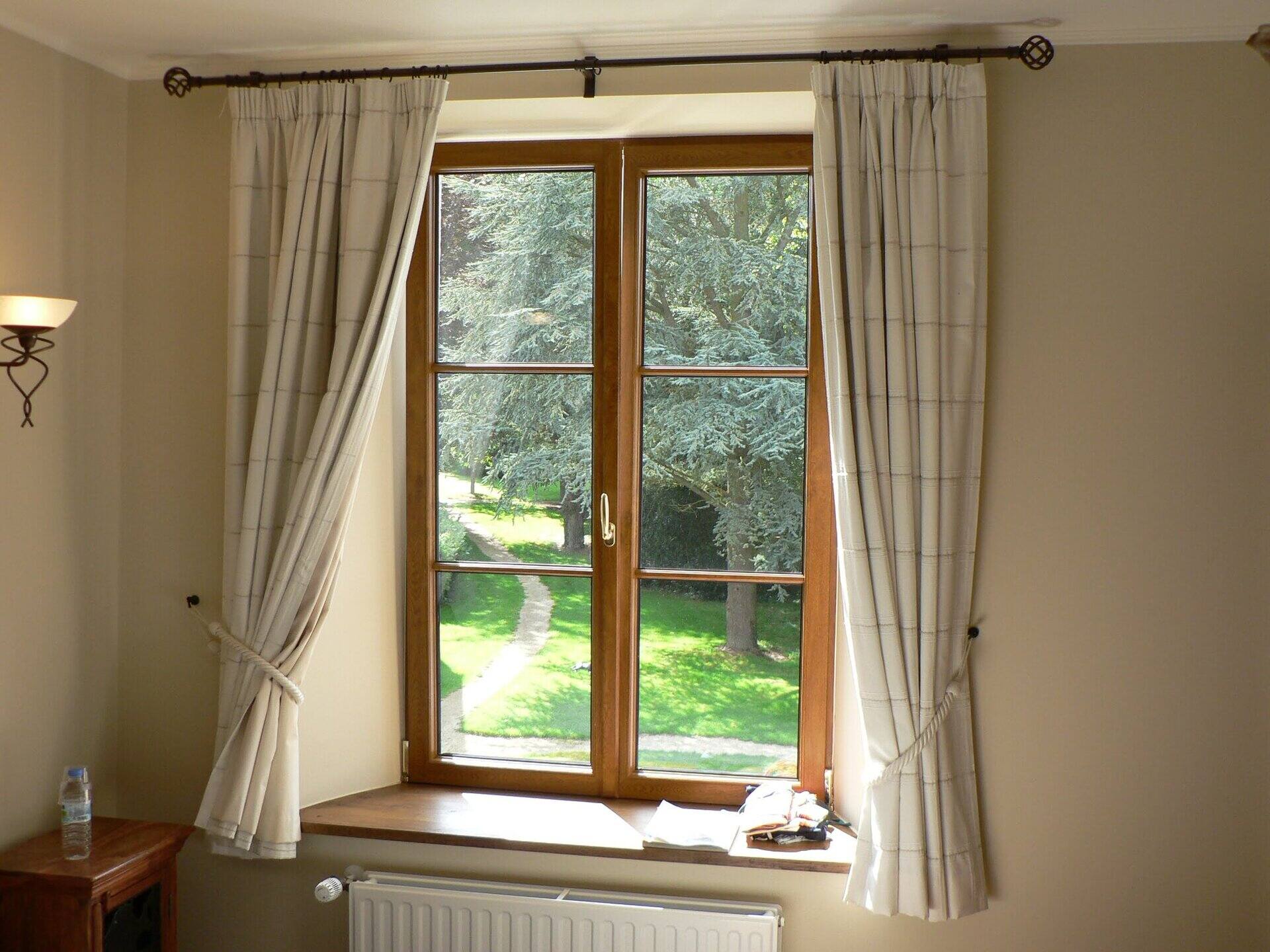

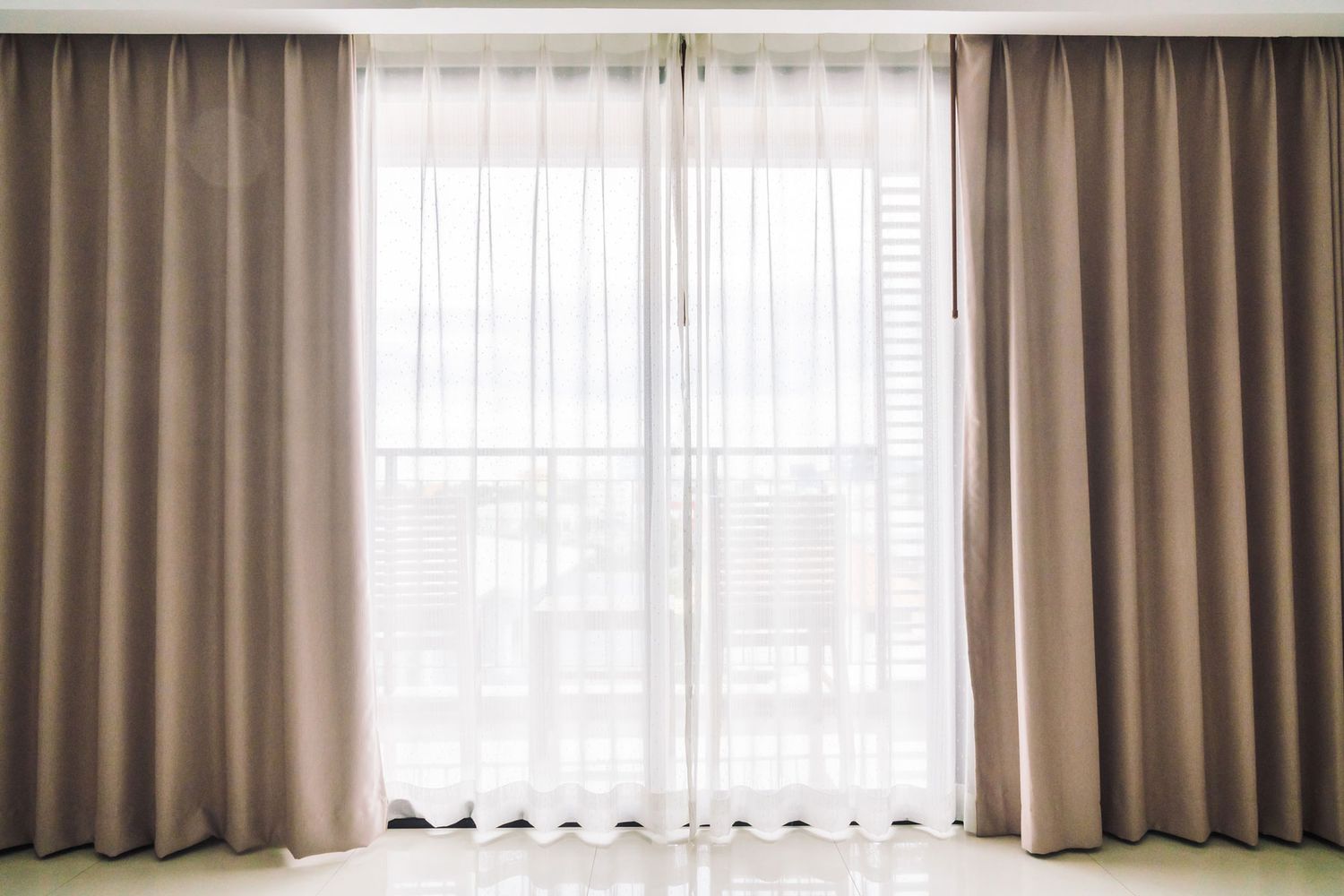
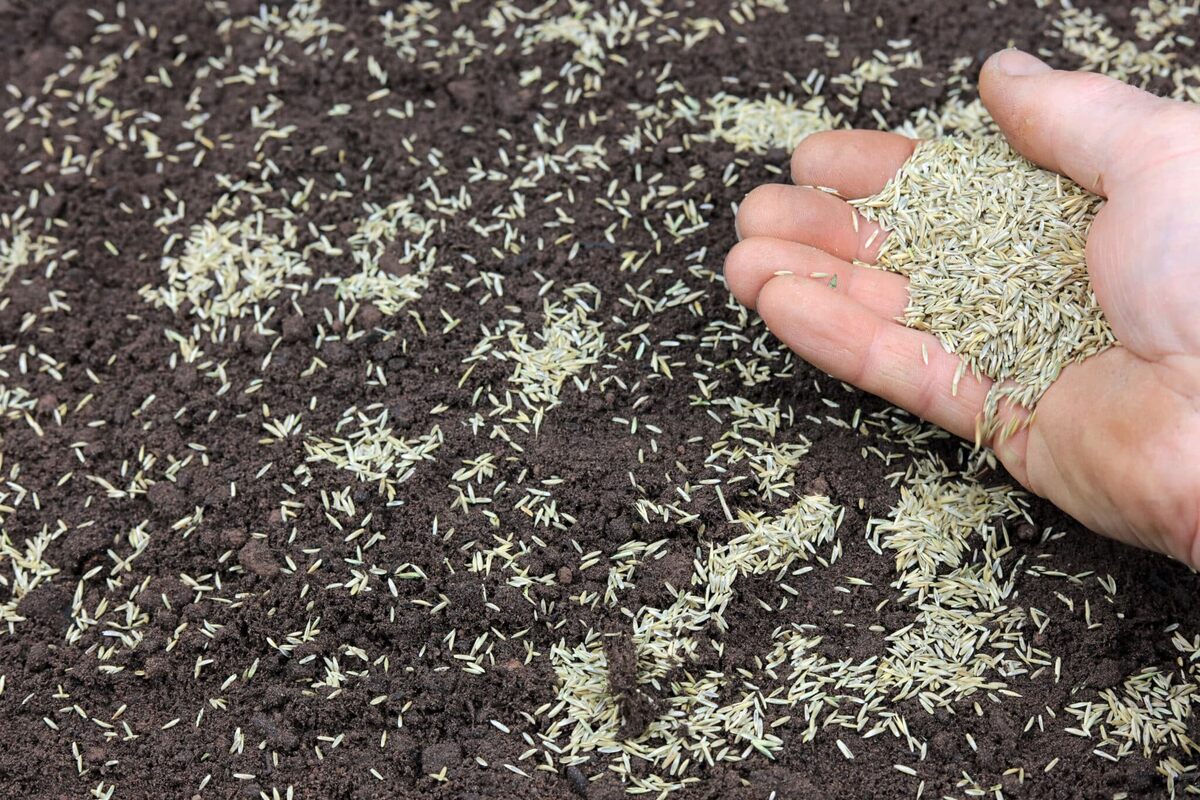
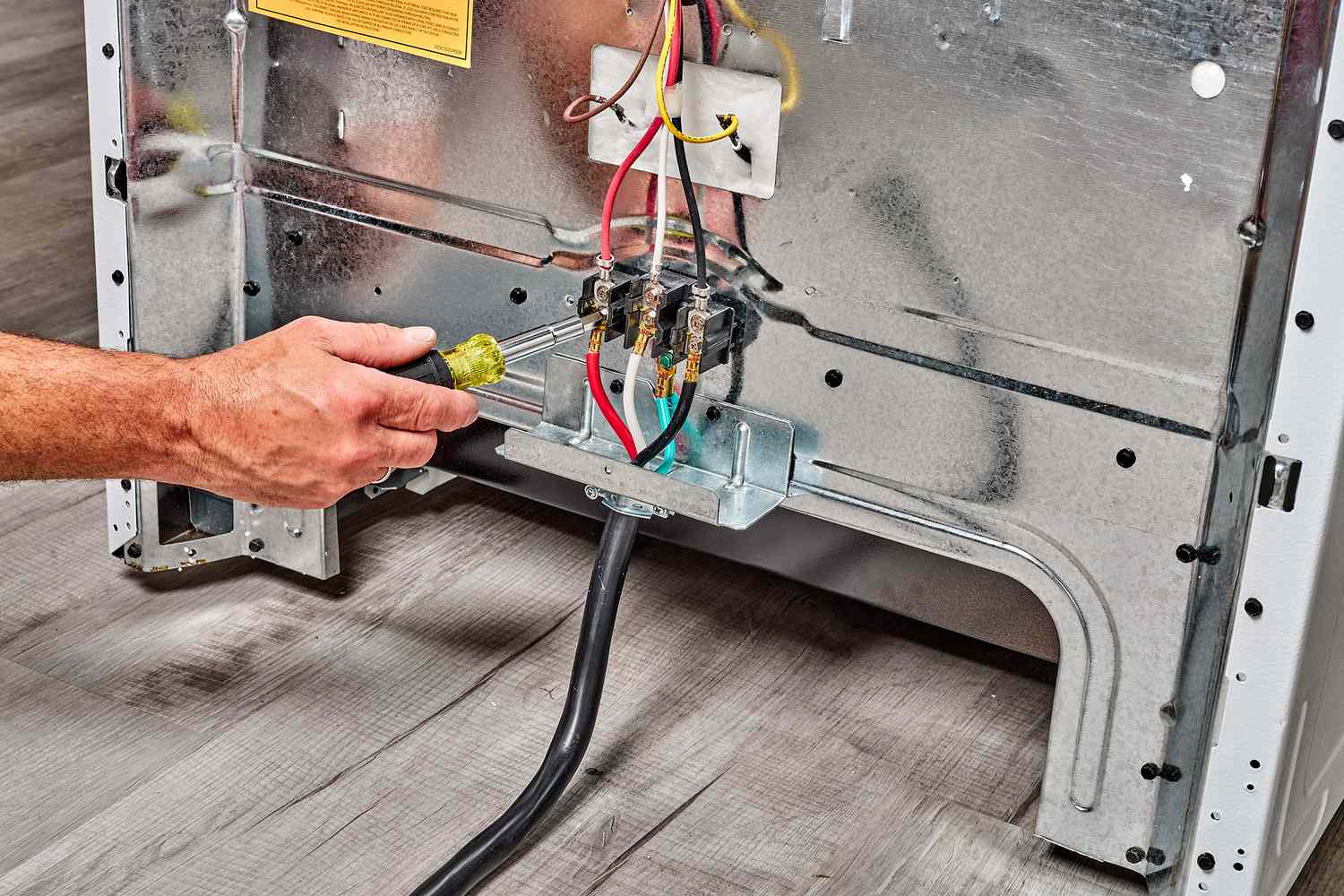


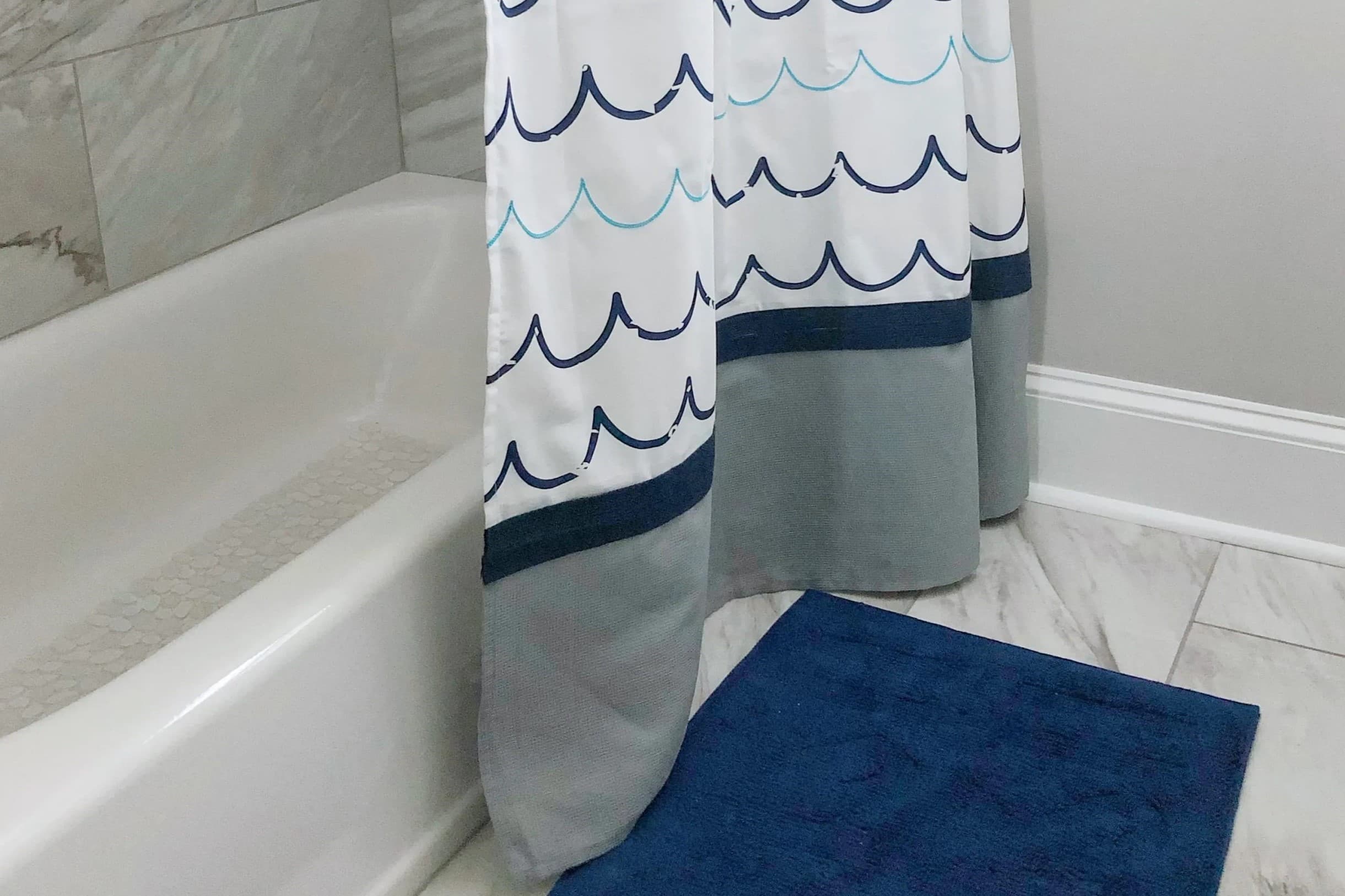
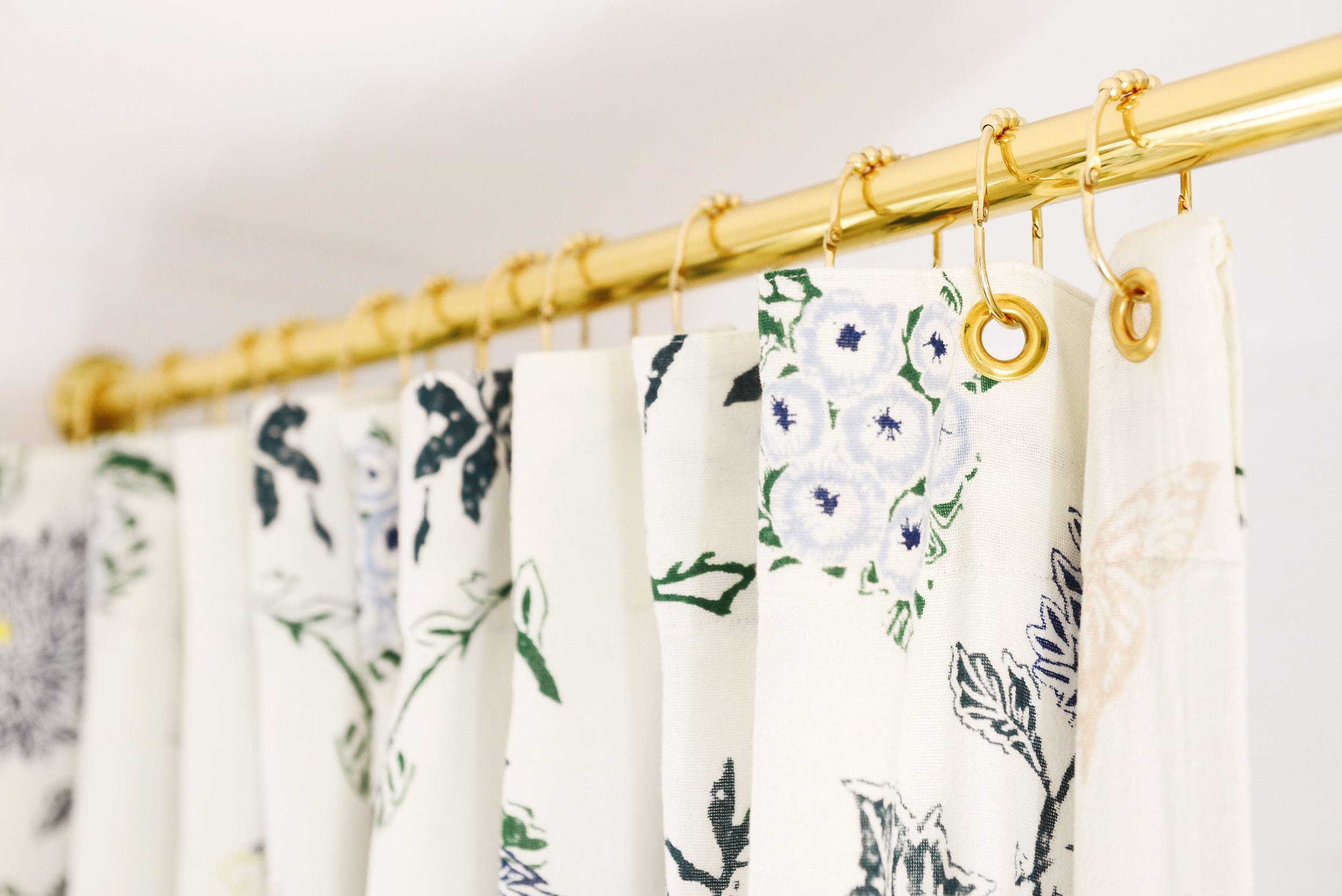
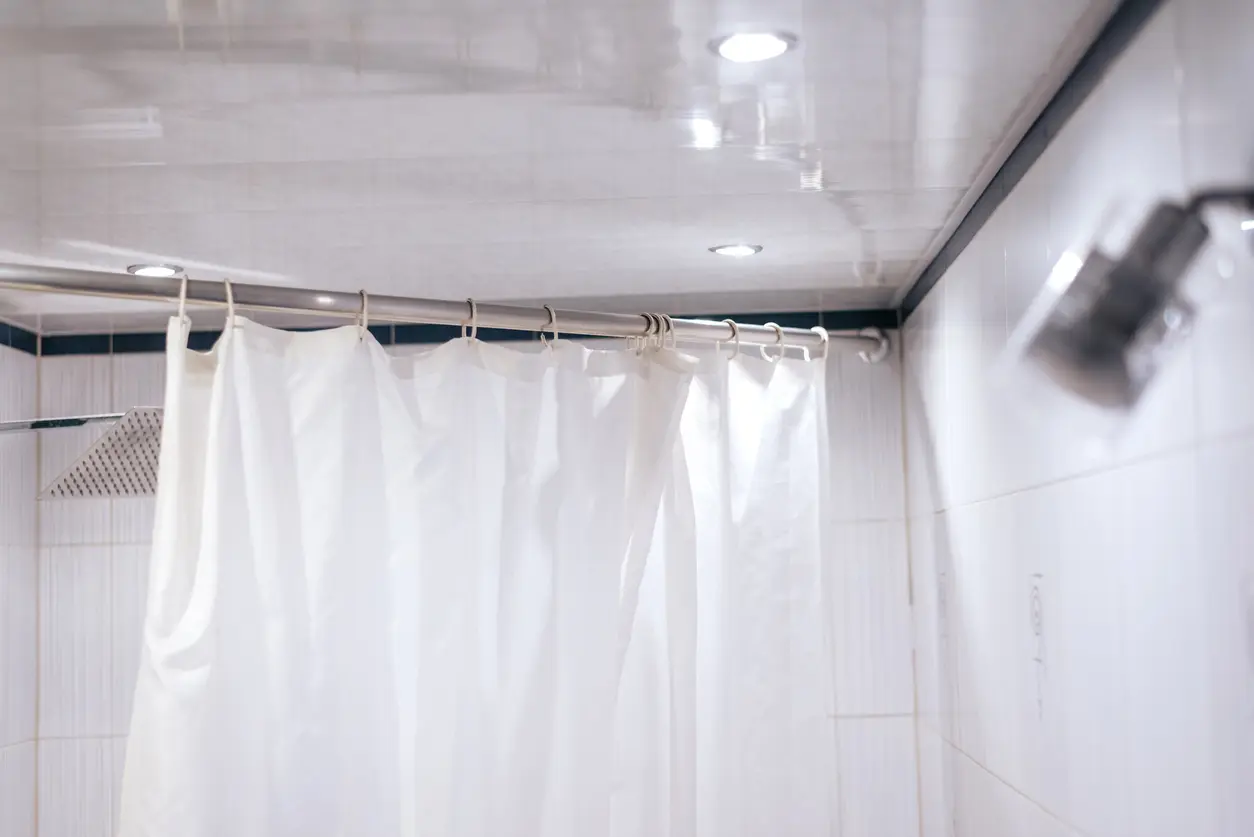

0 thoughts on “What To Do If Curtains Are Too Long”